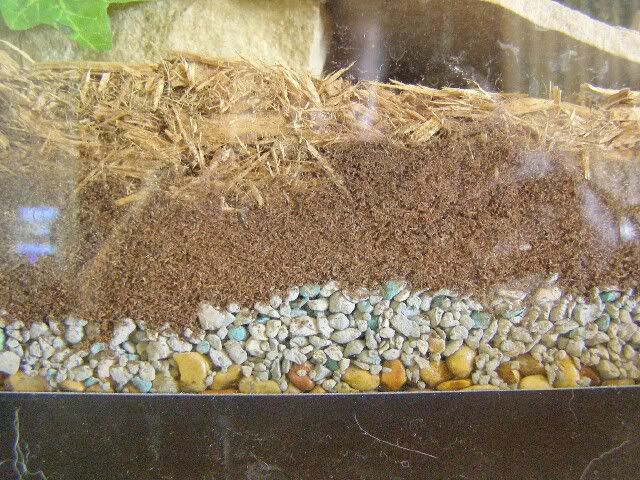RollingStones420
New member
I was wondering what the most natural looking but safe substrate would be. I dont like the look of the woodshavings, it looks too much like a hamsters cage. Coconut bark seems like the best option to me, but I would like to hear some of your opinions. Thanks.

